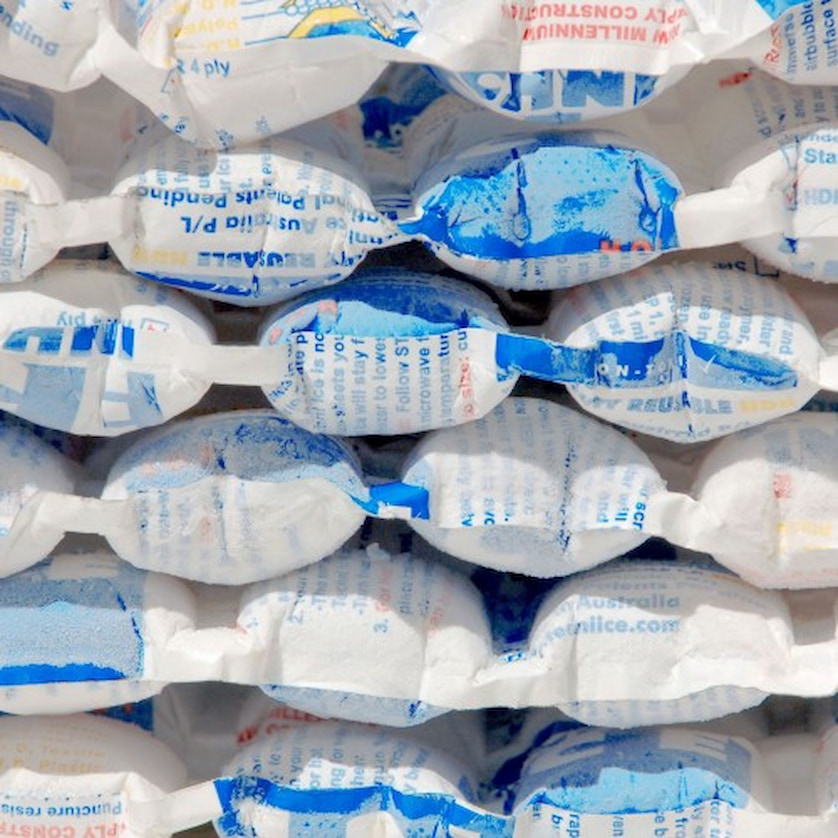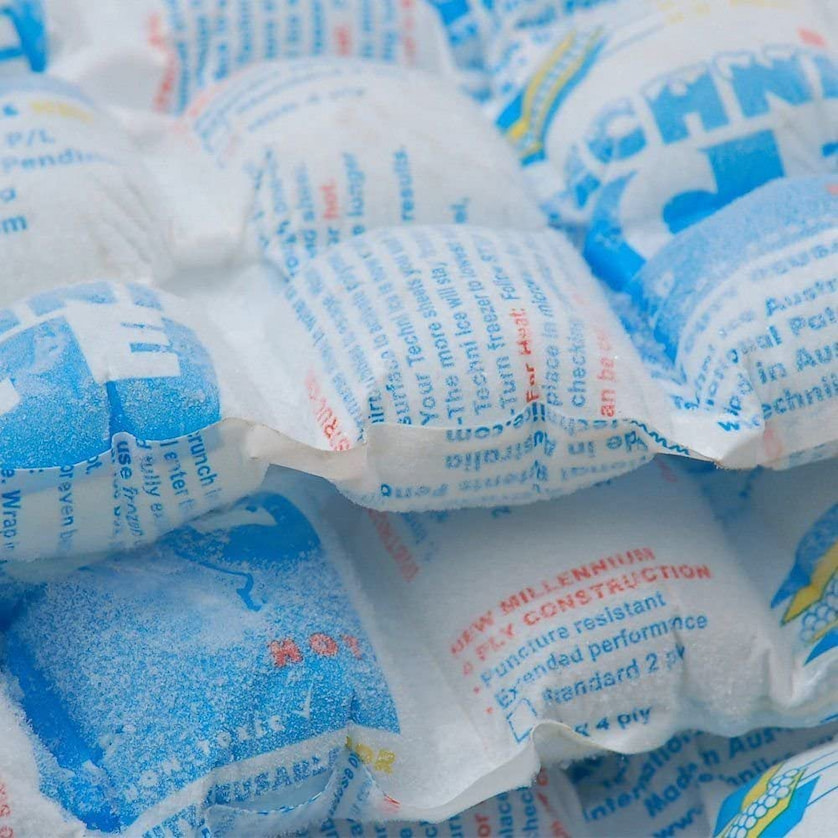We can safely say that keeping things at certain temperatures is important in many cases, essential in some, and lifesaving in others. From camping trips when we want to keep our drinks cool, to preserving food in hospitality, preventing goods from spoiling during long-distance shipping, to application in medicine. We have tried various ways to retain ice for as long as possible and prevent goods from spoiling and some have proven more successful than others.
With the help of science and advanced technology, some of the coolest inventions have been brought to us, and what was once used only in high-tech labs is now available for commercial application as well. Meet the dry ice packs, the latest revolutionary product in retaining low temperatures.

Contents
What Is a Dry Ice Pack?
Firstly, let’s set the records straight. A dry ice pack is not the same as dry ice. What we refer to when we talk about dry ice is carbon dioxide frozen at – 78.5 Degrees Celsius (-109.3 degrees Fahrenheit). It is used for temporary refrigeration and when heated, it changes into gas through a process called sublimation. It should be handled with safety precautions, as it can cause injuries and presents a serious hazard when used in small, unventilated spaces.
On the other hand, the dry ice pack is a synthetic dehydrated gel pack with Sodium Polyacrylate copolymer as an active ingredient, encapsulated in two outer layers of perforated plastic and two inner layers of non-woven textile. It is completely non-toxic and non-hazardous, safe to be in contact with skin and food.
It comes in 2 mm thick sheets with dimensions of 39.5 x 29 cm and weighs 50 g before being hydrated, with 24 individual cells per sheet. Once activated, it grows in size and weighs around 900g. It can be cut to size, it’s flexible when frozen and lasts up to 7 times longer than ice.
The hydrating process or activation is simple and straightforward. You immerse the sheet in a tub of water, gently scrunch it and leave it to soak for 15 minutes. It only needs to be soaked the first time and once the cells are hydrated, it can be used over and over again like any other ice pack. You can find both reusable and disposable dry ice bags on the market for a variety of uses.
Reusable and Disposable Dry Ice Packs
Reusable packs have 4 plies, two of which are heavy-duty plastic layers and two are textile layers with the polymer in the middle. Good quality disposable ice bags, also known as 2ply, are made with 2 layers, one plastic and one non-woven textile, so it’s easy to identify them. They are mostly used in one-way deliveries as they are low-cost. Both products fundamentally have the same working principle and the 2ply disposable ice bags are just as good as the 4ply. Which kind you choose to get is a question of preference and specific uses.

Where Can You Use Them?
- For Shipping, Camping, and Fishing
- For Food Delivery and Commercial Applications
- Pharmaceutical Delivery
Dry ice packs can be used both as cold or hot packs, which makes their use extremely broad. Because they can be frozen to temperatures of up to -21 °C and last seven times longer than ice, they are increasingly popular with frozen food delivery companies, seafood and meat exporters, supermarket chains and online groceries, and pharmaceutical companies. It’s a brilliant solution for cold chain deliveries because it is not only long-lasting but also very cost-effective.
You can use them for smaller packages as well, as you can cut them to the size that you need. Another very useful feature is their flexibility. Since the cell structure allows the packs to be flexible even when frozen, you can wrap them around products for increased surface contact. The fact that it doesn’t turn back to water leaving a mess that makes the food soggy or degrades the packaging, makes it very convenient for transporting groceries and using it in your lunchbox for example.
Medical Applications
The dry ice bags can be used as cold or hot packs for injuries and pain relief. If you want to use it for cryotherapy, place them in the freezer for about 3 to 4 hours. This way you will get a half-frozen pack in a semi-solid state that you can easily apply to your body. If it’s fully frozen use a hand towel between the pack and your skin to avoid a freeze burn.

When you want to use it as a hot pack, immerse it in a pot containing boiling water for about 10 minutes. It can be heated up to temperatures of 70 °C, and it can also be placed in a steamer or microwave. Both hot and cold therapy should be done in intervals and at reasonable temperatures. They help with sports injuries, muscle sprains, joint pains, cramps and reduce swelling, and are commonly used for post-surgery rehabilitation treatments.
Final Word
The shelf life of dry ice packs when stored in the original packing can be a few years long. Ideally, it’s best to store the sheets in a freezer, which will also maintain their temperature and save you money on electricity. Another option is to keep them in a well-aired container. In case of a puncture, you can simply cut that cell out and continue using the pack. All the materials used in the making of these packs are food-grade and FDA-approved, so you don’t need to worry about safety.











